test heading
(the latest in our series of First Second-skewedly-explains-the-book-industry-to-comics posts)
You may remember the Scholastic Book Fairs from your childhood — I do.
Once in the spring and once in the fall, our elementary school gym would take out the sports (yay!) and fill up with tables covered in books (double yay!). My parents would give me money the night before, and then I could go off to school and chose myself the books I wanted to read! And then the next day the gym would go back to being full of dodge ball (or, on some weeks, full of juggling, which was a clear improvement over dodge ball but still not as good as books).
The Scholastic Book Fairs do this for schools all around the country. For a day or two, they’ll come in, set up a portable bookstore in the gym or the cafeteria or in the assembly hall and sell books; then they go away. And it’s great, because they’re bringing the books directly to kids! And kids have their own purchasing power — they’re allowed to pick the books THEY want to read, instead of having a parent or a teacher tell them that they shouldn’t be reading something that scary or gross or pink.
(photo ganked from the US National Archives. Lady Bird Johnson is not, to my knowledge, associated with the Scholastic Book Fairs.)
So now for the eternal question: how do books get into the Scholastic Book Fairs?
Because Scholastic has book fairs in schools all around the country, they have a crazy amount of data about what kids are picking up to read. What trim size? What page count? What color? What themes? What format? Illustrated or prose? These are all things that Scholastic tracks every season. Then, the next season, they go out looking for books that fit into the categories they want.
Books do not need to be published by Scholastic to be sold in the Scholastic Book Fairs.
The Scholastic Book Fairs do sell a whole lot of books that are published by Scholastic. But there’s a team at the fairs that works with the other US publishers to find books for the fairs that Scholastic doesn’t publish. Because, if there’s a book out there that is the right color and the right format and has the right number of pages, why not distribute it (and make money on it themselves)? (I’m not kidding about the color thing, by the way. There was one year where Scholastic came back to our parent company and said, ‘we really like this novel . . . yellow doesn’t really work for us as a cover color.’)
The fairs tend to either buy into part of the print run or to license the right to do a special edition specifically printed for the book fairs. This edition tends to be cheaper — with the goal that it’s affordable for kids to pick up with the $20 bill their parents gave them when they ran out the door this morning. So when the fairs licensed an edition of Adventures in Cartooning from us, they printed it without the flaps and changed the paper stock from a glossy, coated stock to an uncoated stock. (It still looked pretty good.)
Having a book picked up by the Scholastic Book Fairs tends not to be super-profitable for authors (or for publishers). Because of their aforementioned books-as-inexpensively-as-possible MO, the fairs aren’t able to pay the authors a traditional amount of royalty. Instead of getting dollars per book, authors will get much less.
So why do it?
(photo ganked from The State Library of Queensland, Australia. These kids probably did not get their book from the Scholastic Book Fairs.)
Well, the Scholastic Book Fairs have an unmatched reach and audience — they’re the ones working directly with kids and schools. And not just a few kids and a few schools, but all the kids and schools — okay, that’s not really accurate, but they do reach more kids and schools than any author or bookstore could do on their own. And by working directly with schools, the Scholastic Book Fairs are able to bring books to kids whose families may not be emphasizing reading at home. That’s pretty great! Plus, the Scholastic Book Fair sales tend to work symbiotically with bookstore sales — the fairs are where titles like Diary of a Wimpy Kid and Captain Underpants and Smile picked up a lot of the momentum that’s made them best-sellers today. And when authors sell that many copies through the book fairs (and the fairs can sell millions of copies of a book!), authors do start making some money.
That all sounds wonderful, right? But the Scholastic Book Fairs do have some problems — many of which can are showcased in this SLJ article about Scholastic’s decision not to carry one of Lauren Myracle’s middle-grade novels. Because the fairs provide books for schools all over the US, they often have to cater to people who are not the ideal tolerant and open-minded readers. So books with strong language or hot-button social issues may not be picked up by the fairs.
Despite those issues, the Scholastic Book Fairs are a great way to get books to kids — something that we’re always interested in doing! A number of the First Second titles have been picked up by the Scholastic Book Fairs — they typically buy a few books from us each year.
This ends today’s ‘the book industry for the comics industry’ segment.
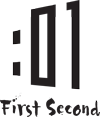
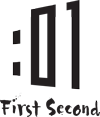

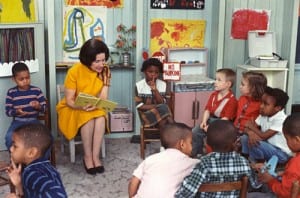
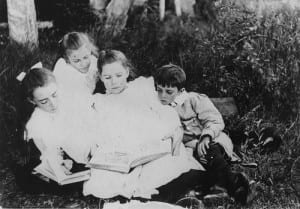
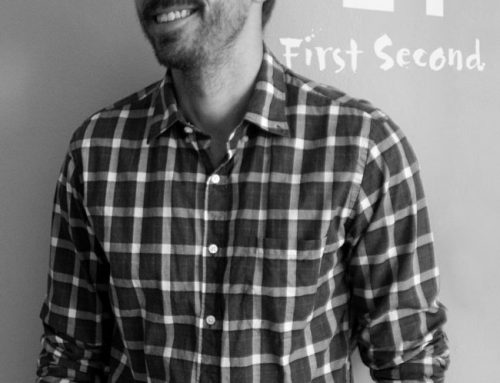
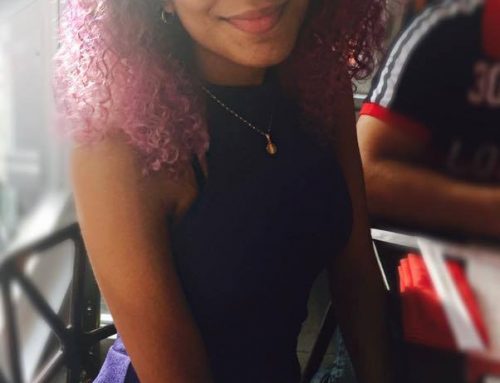
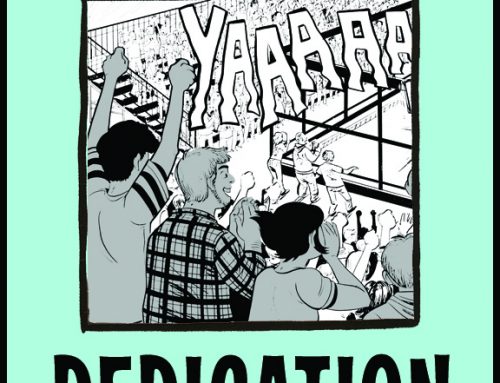
Do you have any book fairs going on in the poplar bluff school district at this time?
I just read the link to Lauren Myracle’s book and I am glad that she chose to alter some language (oh my God is swearing in my house) but I am also glad that she did not allow for the changing of the same-sex parents. I read the follow-up story and I see that the book is now in the book fairs.